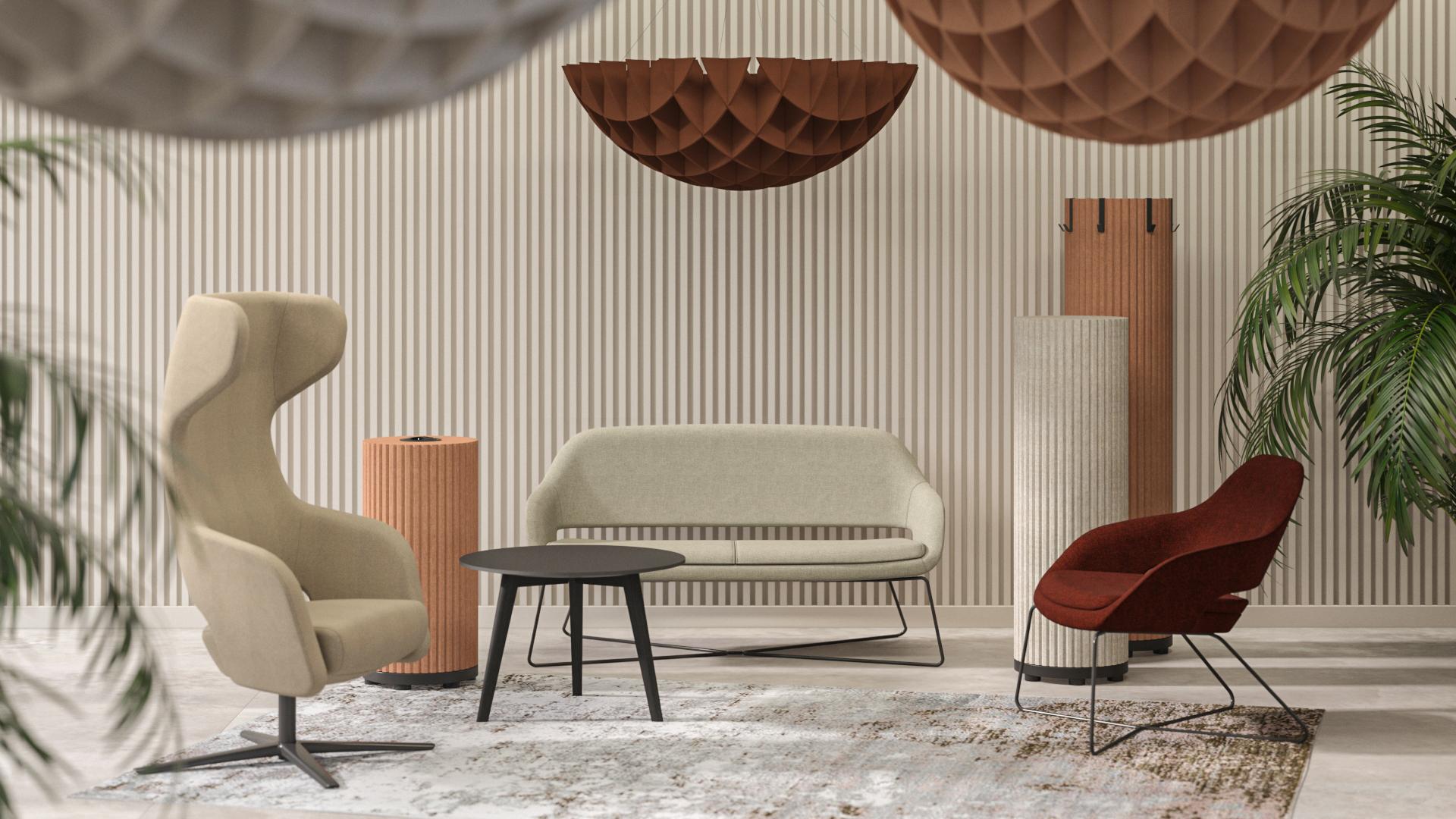Boost Your Area: Acoustic Solutions for Improved Sound High Quality
Boost Your Area: Acoustic Solutions for Improved Sound High Quality
Blog Article
Achieve Perfect Consistency in Your Home With Reliable Soundproofing Methods for Optimal Acoustics
Soundproofing plays an essential role in accomplishing optimal acoustics, affecting the way we experience and communicate with our living spaces. By understanding the fundamentals of soundproofing, recognizing resources of sound disturbances, picking proper materials, and using tested methods, you can change your home into a sanctuary of harmony where noise enhances instead than disrupts.

Understanding Soundproofing Fundamentals
What are the fundamental concepts that underlie efficient soundproofing techniques? Soundproofing is rooted in the understanding of exactly how acoustic waves traveling and engage with various materials. The trick to effective soundproofing hinges on interfering with or absorbing these acoustic waves to reduce their transmission from one area to an additional. This can be accomplished through numerous approaches, such as including mass to wall surfaces, floors, and ceilings, securing gaps and cracks to protect against sound leak, and making use of sound-absorbing materials like acoustic panels or carpetings (acoustic solutions).
Comprehending the concept of audio transmission class (STC) ratings is important in selecting the best products for soundproofing. The STC score determines how well a product can lower airborne sound transmission through it, with higher STC scores indicating better soundproofing capacities. Furthermore, thinking about the impact of impact insulation class (IIC) ratings for lowering effect sound, such as steps or furnishings moving, can additionally improve the efficiency of soundproofing solutions.
Evaluating Sound Resources in your house
Structure upon the fundamental understanding of soundproofing principles, a crucial action in reliable noise mitigation within your home entails recognizing and analyzing the various resources of unwanted noise. Sound sources can be classified right into two main types: airborne sound, which consists of audios like conversations, music, and television, and influence sound, such as footprints or things being dropped.
In addition, think about external resources of noise, such as web traffic, next-door neighbors, or close-by construction, which can additionally impact the acoustics within your home. acoustic solutions. Recognizing these resources will aid you prioritize locations for soundproofing and pick the most efficient remedies. By determining the specific sound sources in your home, you can tailor your soundproofing initiatives to accomplish optimal outcomes and develop an extra tranquil and harmonious living environment
Choosing the Right Soundproofing Materials
When choosing soundproofing materials for your home, it is crucial to focus on effectiveness and compatibility with your specific noise issues. Think about factors such as the type of noise you are trying to obstruct, the level of soundproofing required, and the looks of the materials to guarantee they blend perfectly into your home.
One common product for soundproofing is acoustic foam. One more alternative is mass-loaded plastic, which is effective in obstructing out low-frequency sounds like website traffic or machinery noises.
Drapes and rugs made from sound-absorbing products are additionally efficient in dampening noise, specifically in areas with difficult surface areas that create audio to jump about. Bear in mind, the key to successful soundproofing is selecting the ideal products that address your specific noise problems while boosting the general comfort and acoustics of your home.
Carrying Out Soundproofing Techniques
To effectively apply soundproofing methods in your home, it is essential to start by examining the locations that are most vulnerable to noise infiltration. Typical resources of sound can include external sounds from website traffic, neighbors, or close-by building, in addition to internal sources like home appliances, plumbing, and enjoyment systems. Once you have recognized these areas, you can begin applying soundproofing solutions tailored per details area.

For more considerable noise decrease, think about setting up soundproof drywall, double-glazed home windows, or durable channels to isolate resonances. In addition, repositioning furnishings, including bookshelves, or including sound-absorbing materials can better improve the acoustics of an area. By strategically executing these soundproofing methods, you can create a quieter and more relaxed living atmosphere in your house.
Keeping and Improving Acoustic Environment
After executing soundproofing techniques to resolve noise seepage in your house, the focus shifts towards keeping and enhancing the acoustic environment to make sure a regularly calm living space. To preserve optimal acoustics, routinely evaluate soundproofing materials for damage, guaranteeing they remain effective in obstructing undesirable noise. Keep doors and windows effectively secured to stop audio leak and take into consideration adding weather condition removing or door moves for added soundproofing.
Improving the acoustic atmosphere can entail strategic positioning of furnishings, carpets, and curtains to wet audio reflections and mirrors. Utilizing sound-absorbing materials such as acoustic panels check this site out or foam can even more improve the general audio top quality in your home. acoustic solutions. Additionally, incorporating soft furnishings like pillows and coverings can help in reducing noise reverberation, producing a much more pleasurable auditory experience
In addition, buying sound-absorbing decoration components like bookshelves, tapestries, or plants can contribute to a balanced acoustic atmosphere. Routinely decluttering your room can also stop acoustic waves from jumping off surfaces, eventually boosting the general acoustics of your home. By regularly preserving and boosting your acoustic setting, you can develop an unified and serene home for on your own and your family members.
Verdict
To conclude, achieving ideal harmony in your home through reliable soundproofing techniques is necessary for optimal acoustics. By recognizing soundproofing essentials, examining noise resources, choosing the best materials, carrying out techniques, and keeping the acoustic environment, you can develop a serene and enjoyable space free from undesirable noise disruptions. Prioritizing soundproofing initiatives can substantially improve the general quality of life in your house.
Report this page